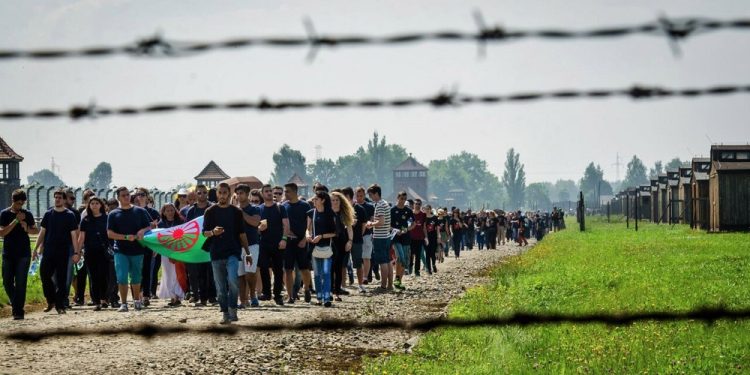
Remembrance Day For Roma And Sinti Killed By Genocide
Remembrance Day for Roma and Sinti Killed by Genocide is a holiday observed in Germany every year on December 19th. It commemorates the Roma and Sinti who were sent to concentration camps and murdered during World War II. This holiday falls on the day when Himmler ordered the deportation of all Roma from the German Reich.
It has been estimated that over 23,000 Roma and Sinti were deported to Auschwitz alone, and thousands more were prisoners in other German concentration camps. Many were killed in the gas chambers at Birkenau, and tens of thousands more were shot by SS police units.
The History of Remembrance Day for Roma and Sinti Killed by Genocide
Before and during World War II, the Nazis exploited the social prejudice against Roma and decided that these people were racially inferior. This allowed them to dehumanize these groups and therefore use them for forced labor or to mass murder them. Tens of thousands of Roma were murdered in German-occupied territories, and thousands more in the killing centers located at Auschwitz-Birkenau, Belzec, Chelmno, Sobibor, and Treblinka.
In December 1942, Himmler ordered all Roma to be deported from the German Reich. The movement was so widespread that even Roma serving in the German armed forces were rounded up while they were home on leave. Over the course of the campaign against so-called “Gypsies,” thousands upon thousands of people were executed — including women and children.
Observing Remembrance Day for Roma and Sinti Killed by Genocide
This remembrance day is observed all across Germany at solemn events held for the public, at Holocaust museums, and at other institutions that teach about the horrors committed by the Nazis during WWII. This holiday is also used as a teaching tool in schools across the country. This day is not a public holiday, however, so all institutions operate according to their normal schedules, and it’s a workday for most people.








